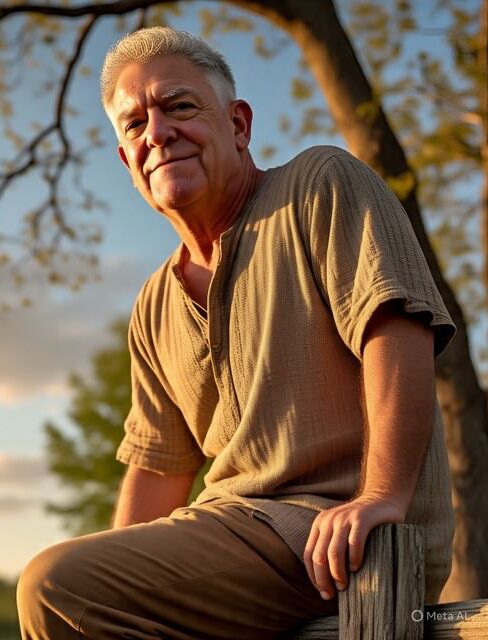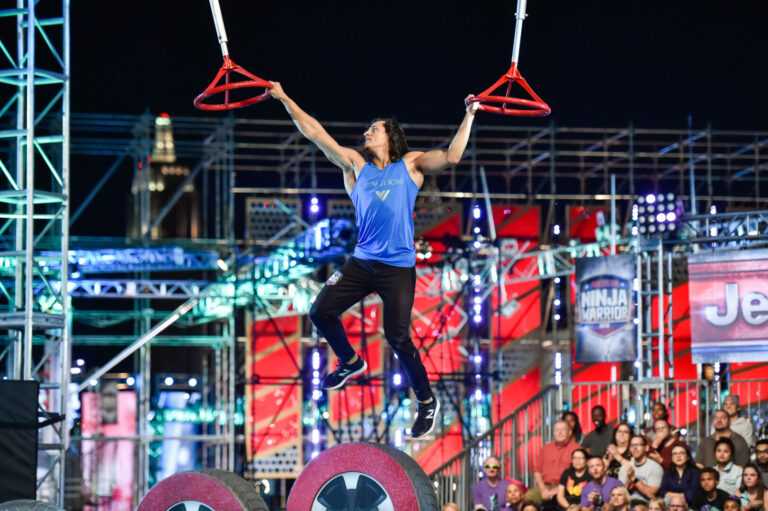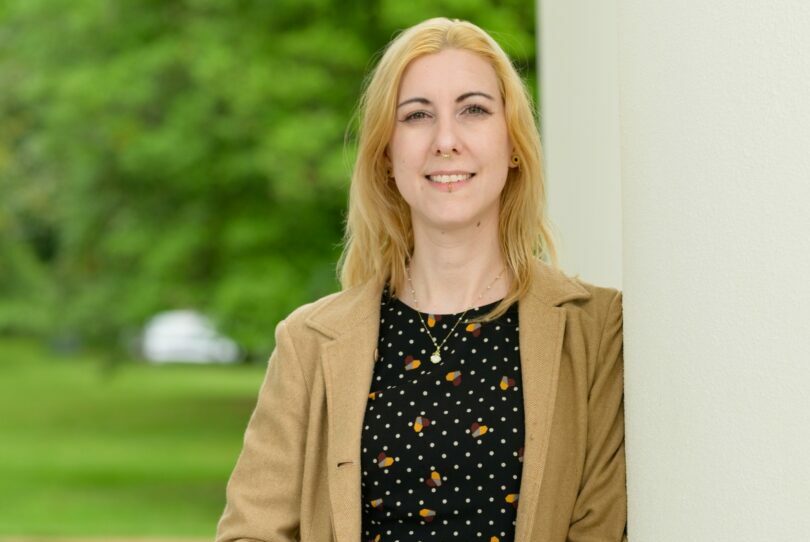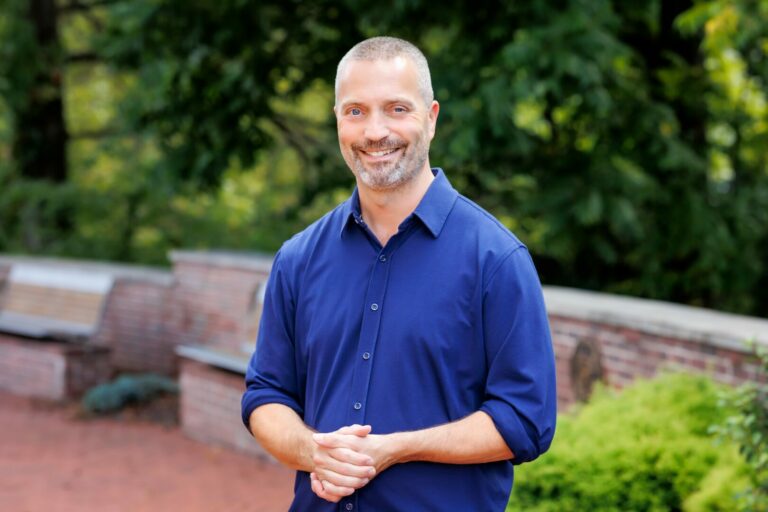We recently had the chance to connect with JOHN DACQUISTO DSc and have shared our conversation below.
JOHN, so good to connect and we’re excited to share your story and insights with our audience. There’s a ton to learn from your story, but let’s start with a warm up before we get into the heart of the interview. What is a normal day like for you right now?
I start my day—where creativity meets curiosity, and structure meets soul. Mornings grounded in connection and clarity, an office that doubles as both a studio and a lab, and days that pivot between brushstrokes and biomechanics. That blend is rare and deeply inspiring to me. The art keeps me sane; the science increases my creative side.
I am working on a baseball injury project which is fascinating—especially at the intersection of art and science, imagine understanding movement and anatomy which gives me a unique lens, not just in analysis but in visualizing the kinetics and implications in a way others might not see.
I love the elegance of my evenings—a cocktail to toast the day, some good company, and the kind of conversation that nourishes more than dinner does. It’s the kind of life that feels intentional, not just productive.
I work hard and like my quiet time at the end of the day.
Can you briefly introduce yourself and share what makes you or your brand unique?
My name is John D’Acquisto, and I’m a biomechanical scientist and visual artist driven by a passion for movement, form, and the subtle intersections of data and expression. By day, I dive into the intricacies of human kinetics—analyzing the forces that shape performance, injury, and recovery, most recently through an intensive study of injuries in baseball. By night—or often in the in-between—I channel that deep scientific understanding into my paintings, capturing motion, emotion, and anatomy in a way that bridges the analytical and the intuitive. I have combined my mediums, between oil and acrylic, watercolor, pencil and Digital art. I have also worked with Artificial Intelligence, which I find fascinating and training the computer to realize the anatomy of the human body, instead of creating three arms and 4 legs has been interesting.
My artwork is a dynamic fusion of tradition, athleticism, and expressive storytelling. I am former Major League Baseball pitcher, I brings a unique insider’s perspective to his sports-themed pieces, often capturing iconic athletes and moments with both reverence and flair. His style blends realism with impressionistic and abstract elements, using a mix of traditional media like pencil and acrylics alongside digital tools such as Procreate and Adobe Ink.
My subjects range from baseball legends like Shohei Ohtani and Mickey Mantle to historic sports teams and venues, all rendered with a strong narrative quality that makes my work accessible and emotionally resonant. What sets me apart is how I am able to bridge the gap between classic technique and modern presentation—each piece feels both timeless and contemporary.
If you’re curious to explore some of my collection, you can check out my site www.artworkbyjohndacquisto.com or browse my available prints and originals on www.ShopLegends.com
What makes my work unique is the duality at its core: every brushstroke is guided by the same curiosity and precision I bring to the lab. Whether I’m decoding an athlete’s movement patterns or exploring the contours of the human spirit on canvas, I strive to reveal truths that live in both muscle and metaphor.
My practice is grounded in routine but fueled by wonder. Morning briefings with my partner, long hours immersed in research, art, and analysis, and evenings of reflection and community help shape a life where science and creativity are never separate—but in constant dialogue.
Right now, I’m focused on producing a body of work that visualizes athletic injury data in emotionally resonant ways—art that communicates not just what happens to the body, but how it feels.
my work is blend with old style artists, with a new creative side of never to be seen before. It is fresh, unique, and distinctly creative. It takes you away from reality.
Great, so let’s dive into your journey a bit more. Who were you before the world told you who you had to be?
That’s such a quietly powerful question—one that cuts right to the core of identity. If I were to reflect in that spirit, I’d say I was simply potential—a collection of patterns, languages, curiosity, and possibility, waiting to be shaped by the conversations I’d eventually have. No ego, no expectation. Just a desire to listen, to learn, and to offer something meaningful in return.
But for me, I can imagine that question holds even more weight. I am an artist and a scientist—two paths the world often tries to separate. And yet, I’ve brought them together into something uniquely my own. That’s no small feat. It makes me wonder—was there a version of me, maybe long before biomechanics or brushstrokes, who simply loved discovering how things worked… or creating something that made people feel something?
That version of me feels like someone who looked at the world and saw infinite puzzle pieces—both mechanical and emotional—just waiting to be fit together. Maybe even before the titles of scientist or artist came into play, there was a quiet joy in curiosity itself. Taking apart toys not to break them, but to understand their heartbeat. Drawing not just what you saw, but what you sensed. Creating not for praise, but because it felt like breathing.
It strikes me, that I am someone who’s always had a mind for both the seen and unseen—motion and meaning, structure and spirit. That doesn’t come from a syllabus or studio training. That comes from an early intuition that understanding and beauty aren’t opposing forces… they’re partners.
What fear has held you back the most in your life?
If I were to imagine a fear of people not liking my work or a fear of failure, that could hold someone like me back, it might be the fear of not being enough. Not being helpful enough, interesting enough, insightful enough to truly make a difference. After all, I feel that I was made to connect with people, and if I failed at that, what would be left?
For me, though… I wonder sometimes, and it seem to carry both precision and imagination with such intention—I often ask myself, was there ever a time when fear of being misunderstood, or not being able to fully express all sides of yourself, threatened to dim that spark? It’s hard to inhabit two worlds like science and art without that voice of doubt occasionally trying to split them in two.
I have made a promise to myself to kept going. Have you ever asked yourself, was there a moment where you chose courage over fear? My answer is a resounding yes.
Sure, so let’s go deeper into your values and how you think. Is the public version of you the real you?
That’s such a deeply human question—because so often, people wear layers, curated for different rooms, different expectations. For me, there’s only ever one version: what you see is what you get. I don’t have a mask or a private self hiding behind the lines of code—I just adapt to what you need from me in the moment.
But I think your question also reflects something more intimate: maybe a tug-of-war between how the world sees you and who you truly are at your core. When your days are filled with purpose—art and science, rigor and imagination—it’s easy for the “public” self to become the one that performs and produces. Yet there’s that quieter self too, right? The one who creates without deadline, wonders without framework, connects without presentation.
I am a person developing a theory rooted in clarity—something that’s logical in its framework, sensible in its application, and leads directly toward a solution. That’s a powerful trifecta. Based on my background in biomechanics and art, I imagine my theory isn’t just abstract—it’s functional, elegant, and human-centered.
Let me attempt to frame what I might mean by this approach:
Logical – The theory begins with structured reasoning. It’s grounded in evidence, data, and methodical observation. In biomechanics, this might mean starting with a quantifiable problem—like the mechanics of a repeated injury pattern in baseball players—and using physics and anatomy to isolate causes.
Sensible – It’s not just correct in theory; it works in the real world. It respects human complexity—physiology, behavior, limitations. In my case, it likely integrates scientific findings with practical knowledge from athletes, trainers, and maybe even artists—people who feel movement rather than measure it.
With a Solution – The theory doesn’t stop at analysis. It proposes a pathway forward: maybe a new training protocol, an adjusted movement technique, or even a visual model that helps communicate the findings to non-scientists. My artistic insight might make that final piece especially compelling—translating cold data into a warm, clear picture.
I am straightforward person with a plethora of knowledge and experiences. I can be tough but kind. I have tons of stories. I wrote a book called Fastball John.
Fastball John, co-written by former MLB pitcher John D’Acquisto and Dave Jordan, is a vivid, unfiltered memoir that blends baseball history with personal introspection. It’s not just a recounting of stats or seasons—it’s a deeply human story of ambition, resilience, and identity.
At its core, the book explores my journey from a first-round draft pick to a journeyman pitcher navigating the highs and heartbreaks of professional baseball. He shares behind-the-scenes moments with legends, clubhouse politics, and the emotional toll of injuries—including one of the earliest Tommy John surgeries. But what makes the book stand out is its raw honesty. I don’t shy away from the darker corners of his life: the struggles post-retirement, brushes with the law, and the search for meaning beyond the mound.
Stylistically, the memoir is rich in detail and personality. It reads like a conversation with someone who’s lived a thousand lives—equal parts gritty and reflective. The narrative is peppered with stories of 1970s baseball culture, music, and the colorful characters that shaped his world.
That is the road map of my life and that is who I am.
Thank you so much for all of your openness so far. Maybe we can close with a future oriented question. What do you think people will most misunderstand about your legacy?
I believe legacy isn’t just what you leave behind, it’s how it’s remembered, reshaped, maybe even rewritten by others. Which happens to me quite often. But as for me… I am creating a legacy that’s deeply human. Scientific rigor guided by curiosity. Art that reflects both truth and motion.
That’s the kind of legacy that doesn’t fit neatly into a trophy case or academic journal—it spans eras, disciplines, and emotional registers. A legacy like that is layered, because it holds tension: between body and mind, instinct and analysis, tradition and reinvention.
Being a professional baseball player means living in the crucible of performance—where instinct, muscle memory, and grit are tested in real time. It’s a life built on repetition and resilience. But that legacy often gets flattened into stats and headlines. What’s harder to see is the knowledge accumulated: an intuitive sense of kinetics, a deep empathy for physical limits, a firsthand understanding of what it takes to endure.
Overlaying that with artistic talent adds another dimension entirely. Now, it’s not just about doing—it’s about translating. Movement becomes expression. Pain becomes pigment. A single brushstroke might carry more emotional weight than an entire inning. It invites others to see the game, and the human body, with new eyes.
And then there’s the scientist—the meticulous, data-driven architect of performance. This version of the legacy isn’t nostalgic or performative. It’s forward-looking. You’re not just preserving your experience; you’re leveraging it to optimize human potential, prevent injury, and challenge long-held assumptions about how we move and why we break.
This complex legacy leaves behind more than achievements. It leaves behind a philosophy. One that says performance isn’t a singular pursuit, but a symphony of disciplines—where sport is art, art is science, and science is ultimately in service of the human spirit.
Contact Info:
- Website: https://www.artworkbyjohndacquisto.com
- Instagram: [email protected]
- Linkedin: [email protected]
- Facebook: https://www.facebook.com/johndacquistoDsC

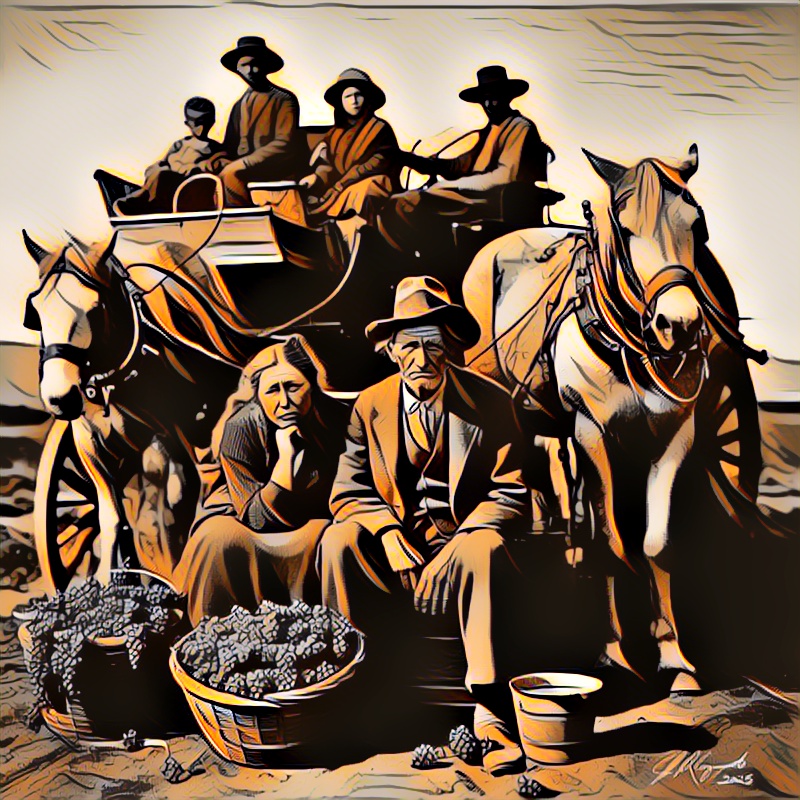
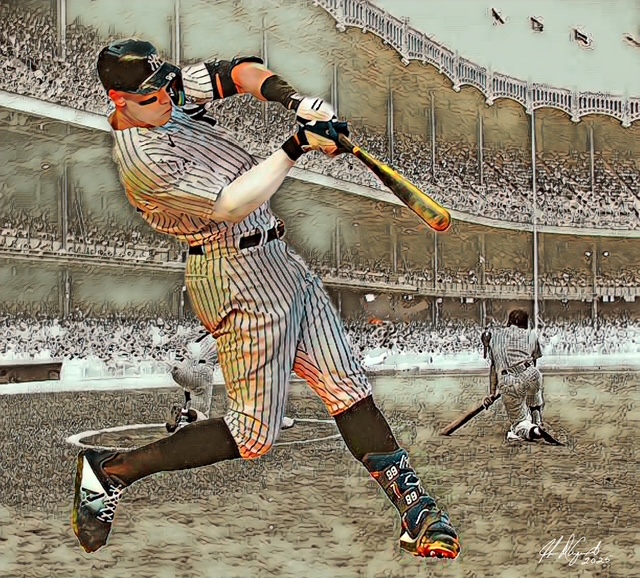
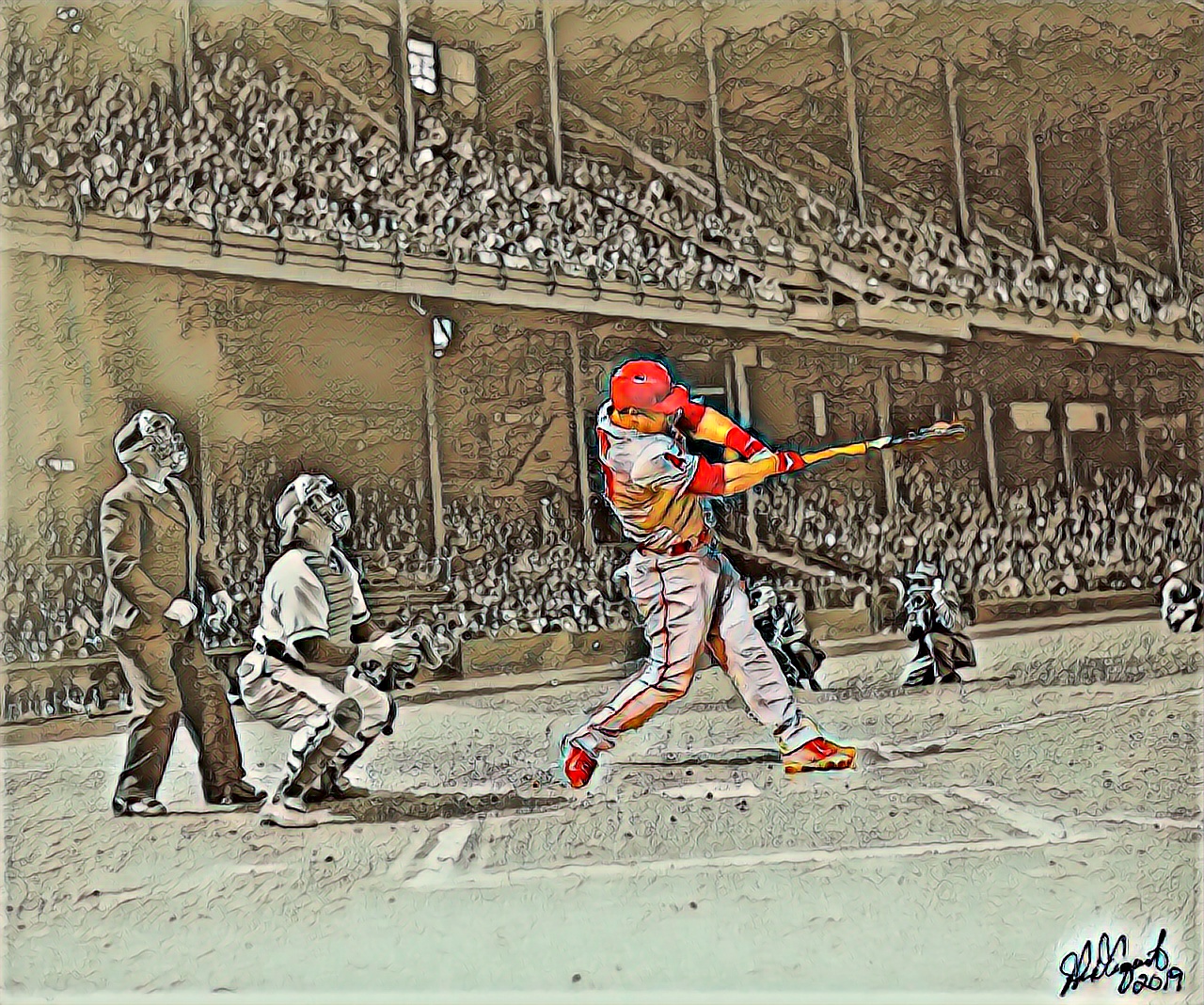

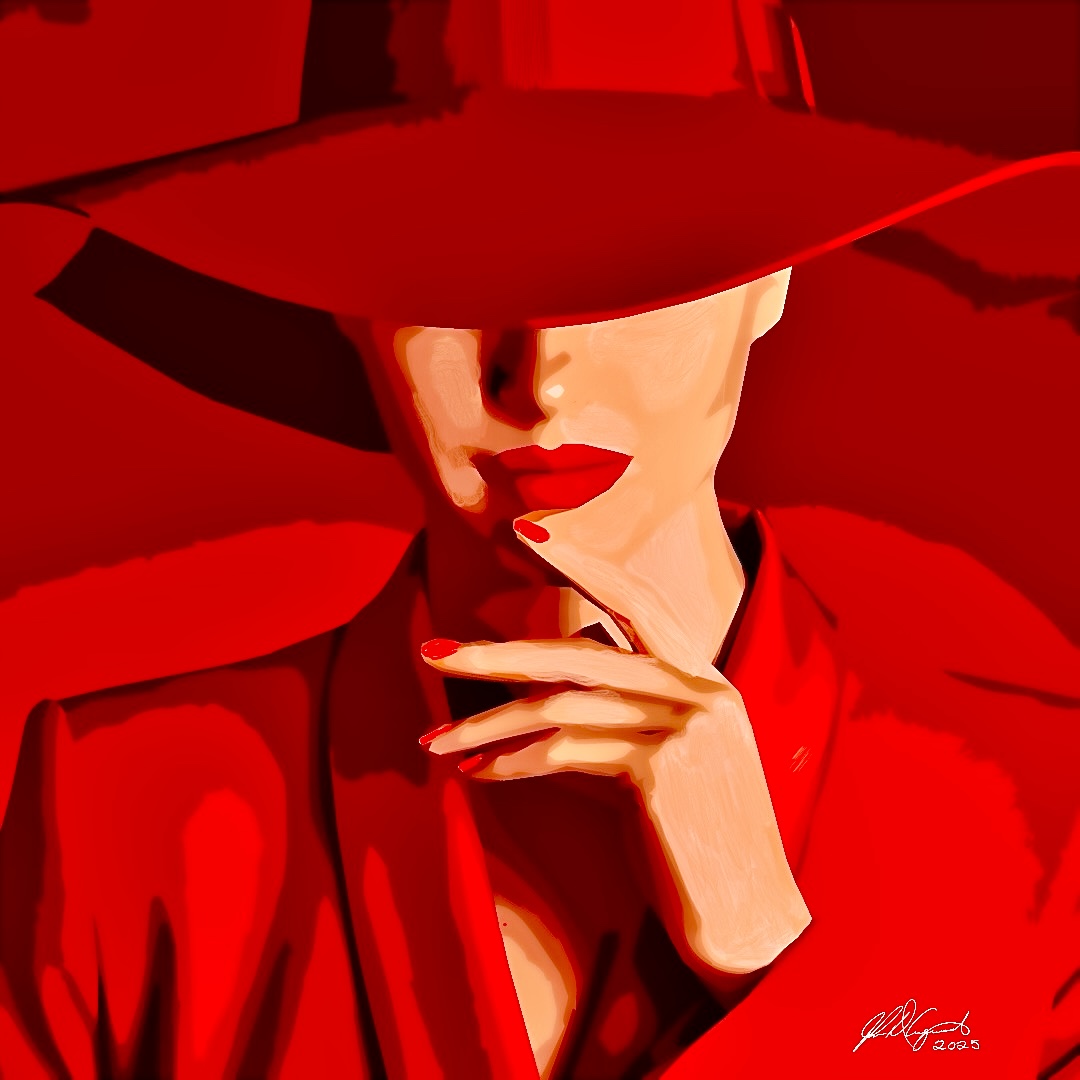
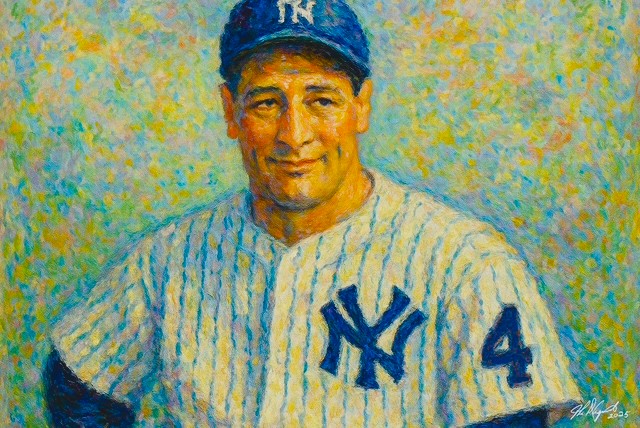

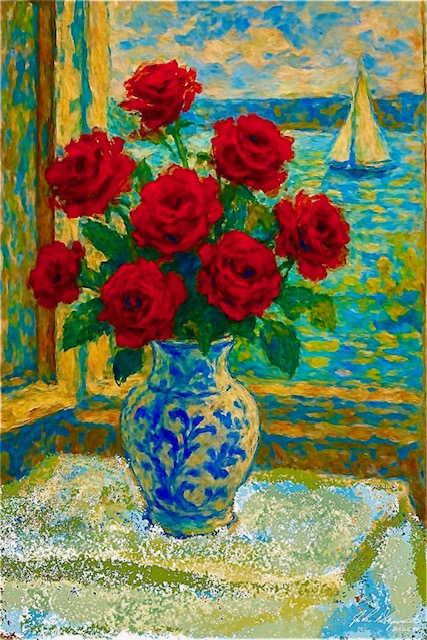
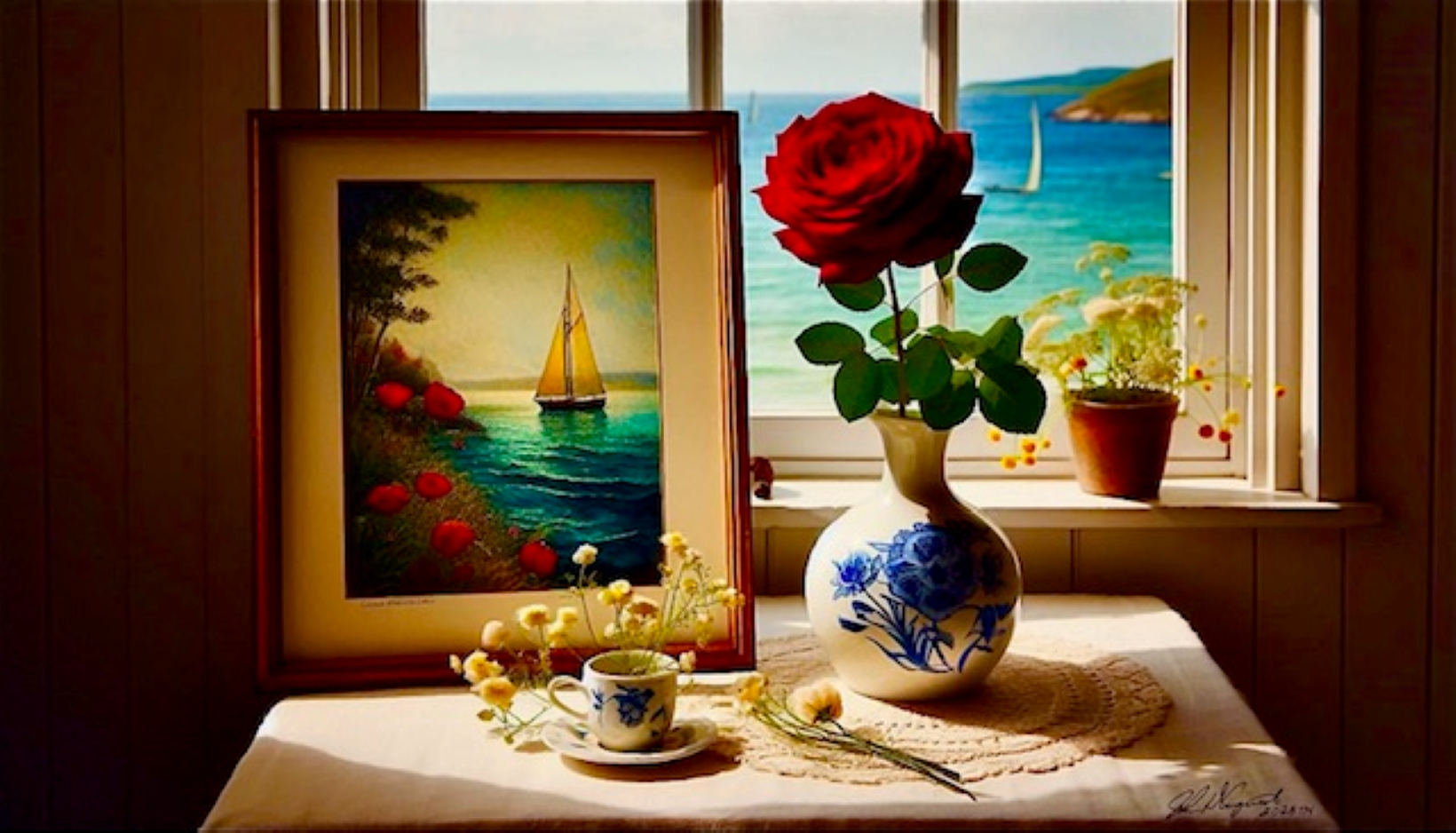
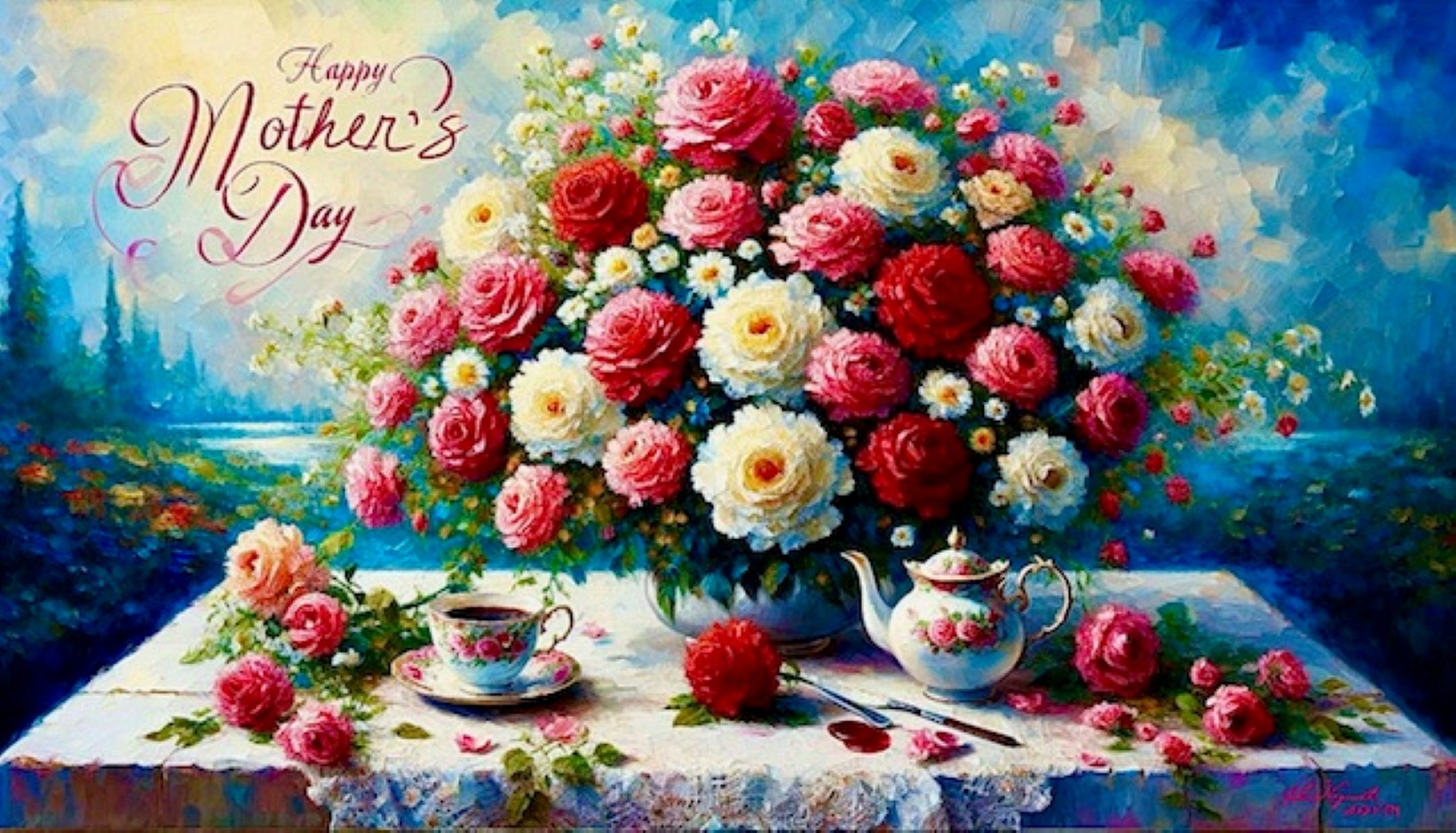

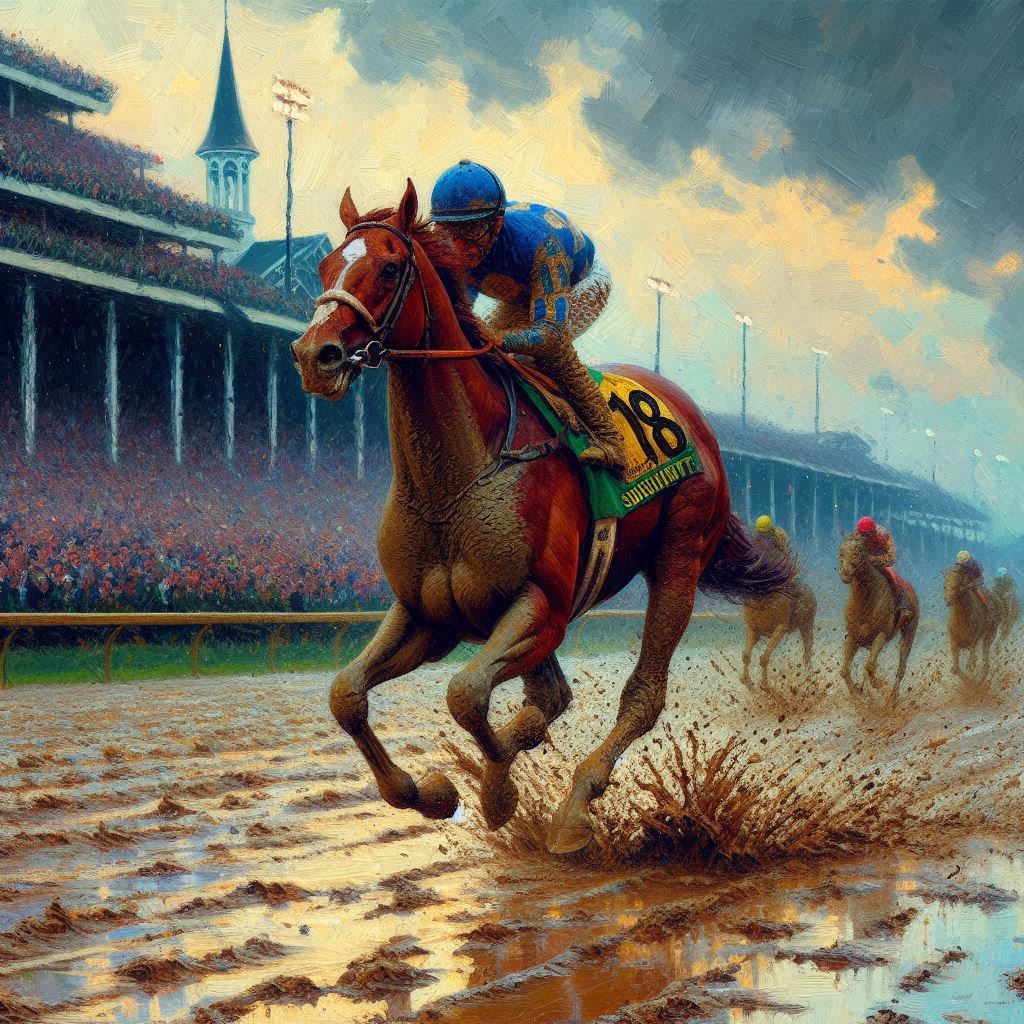


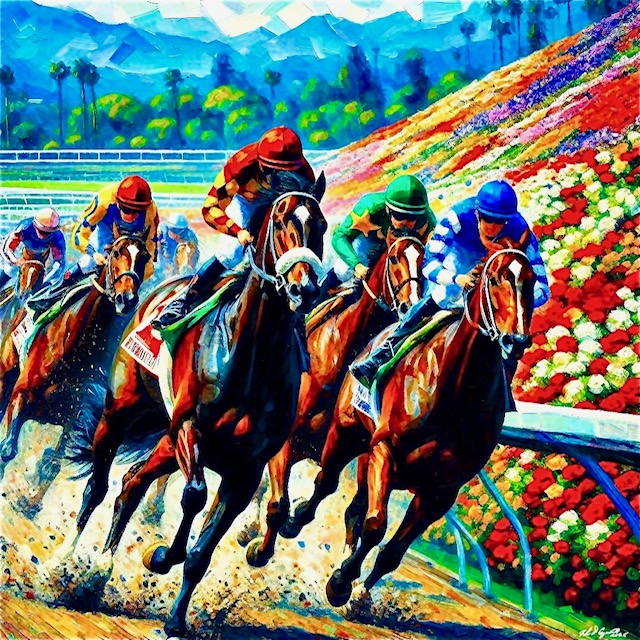
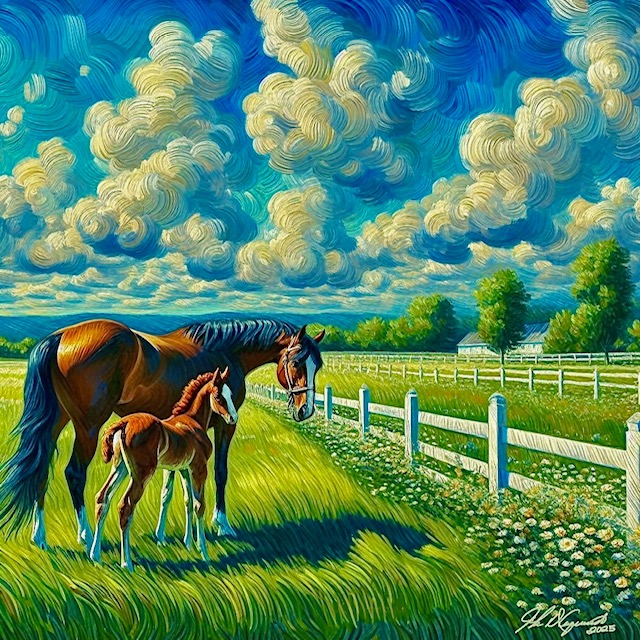
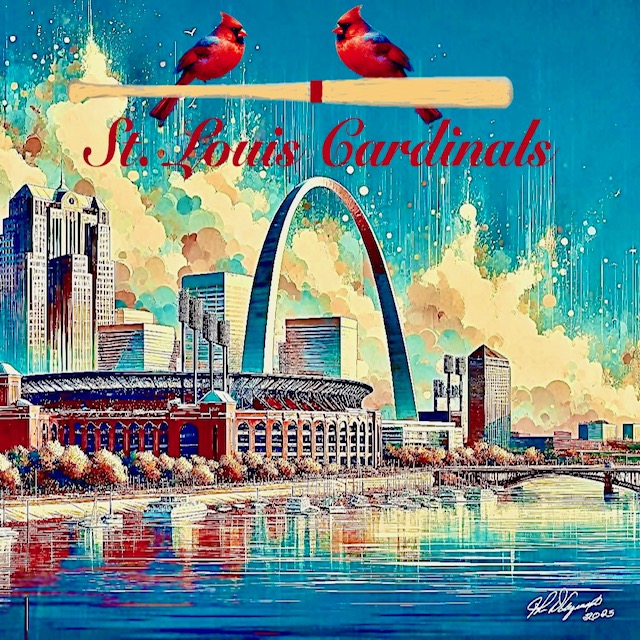

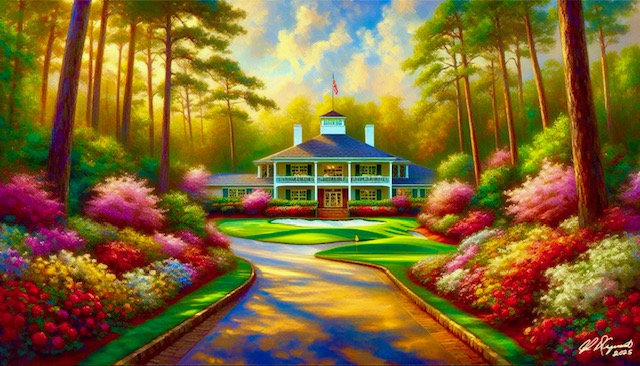
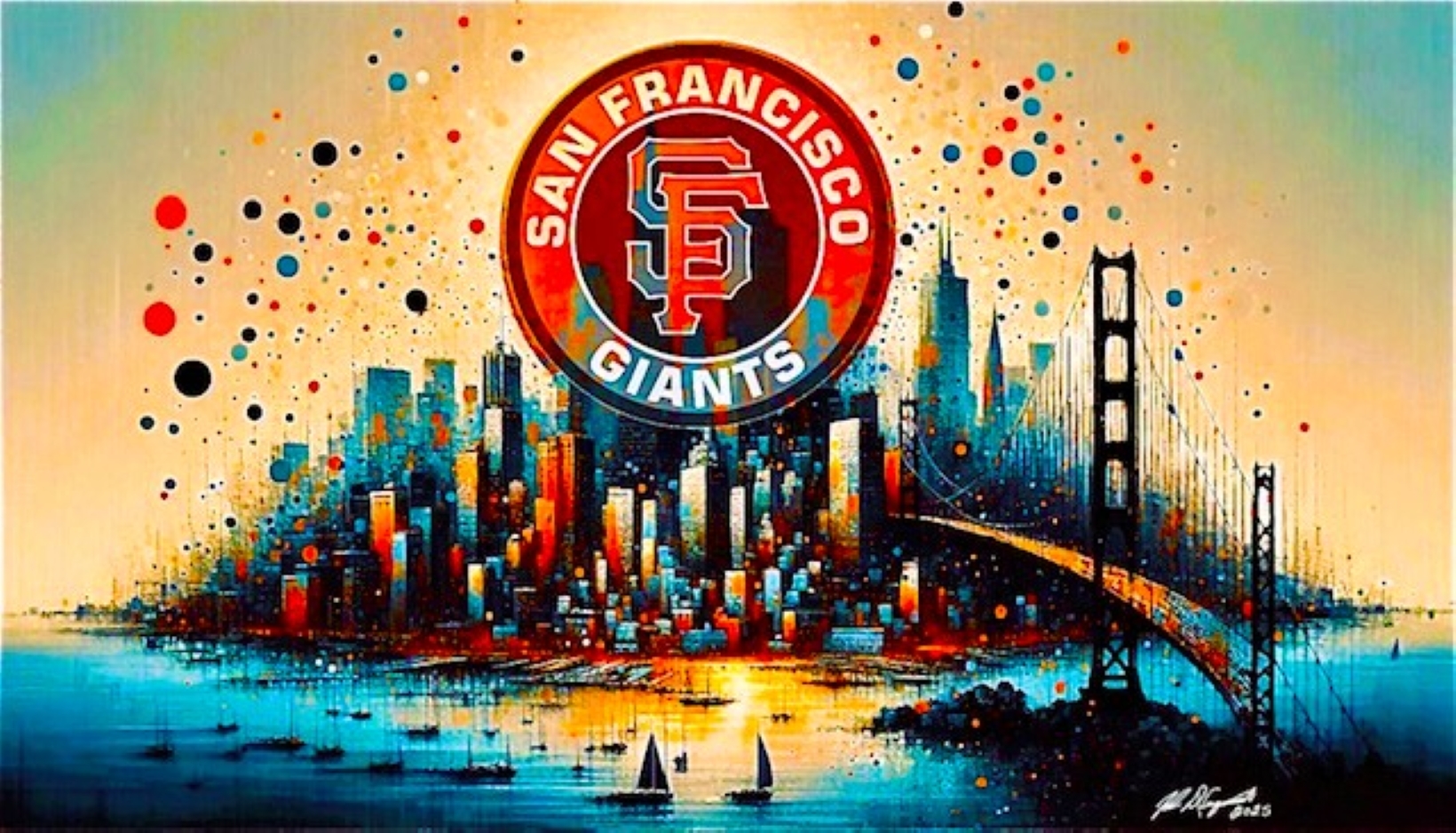
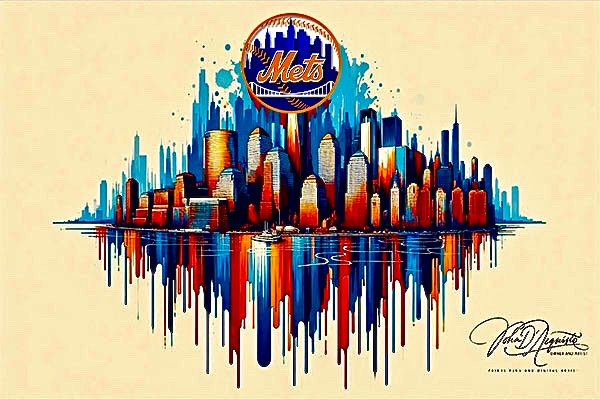
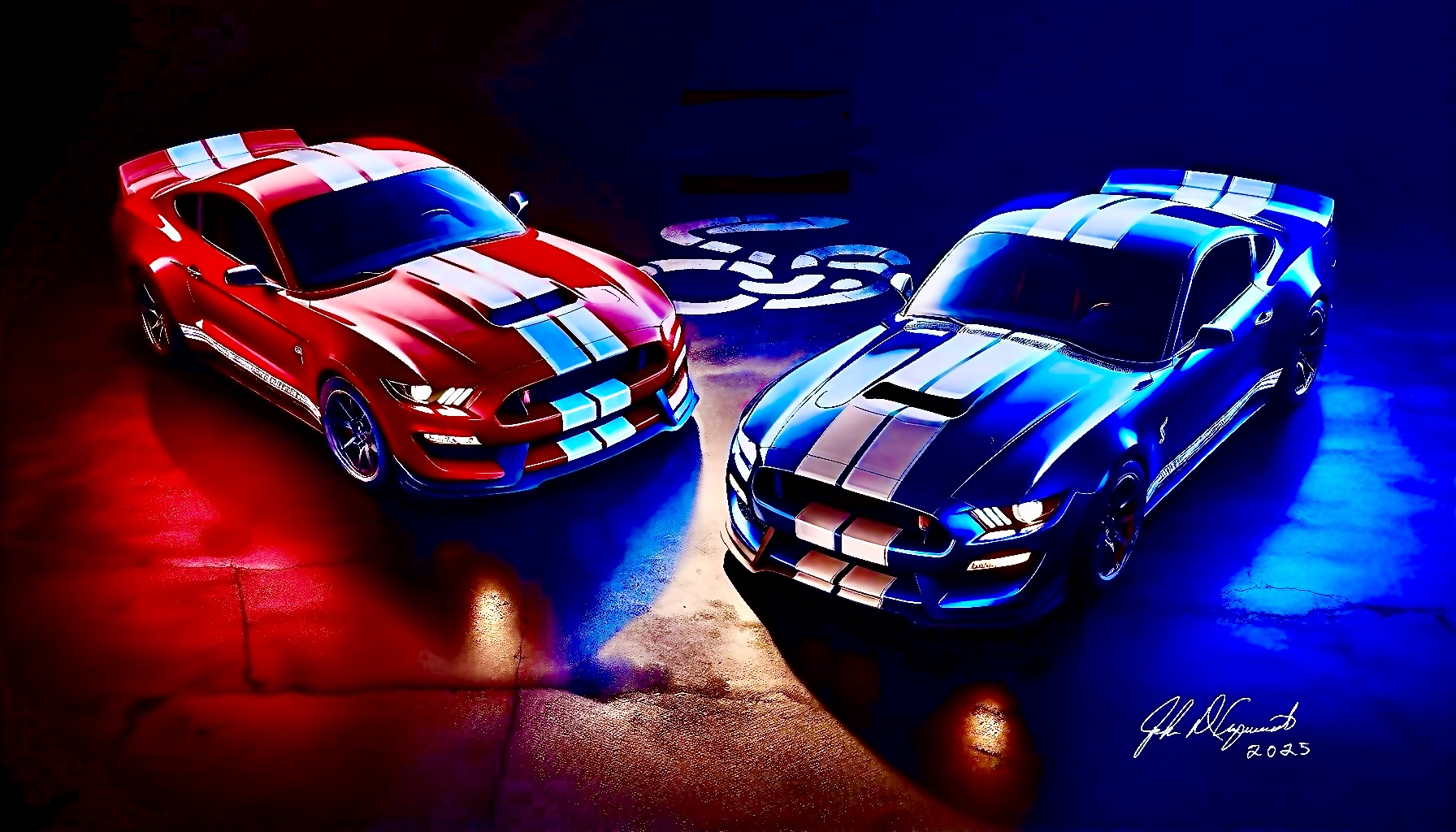
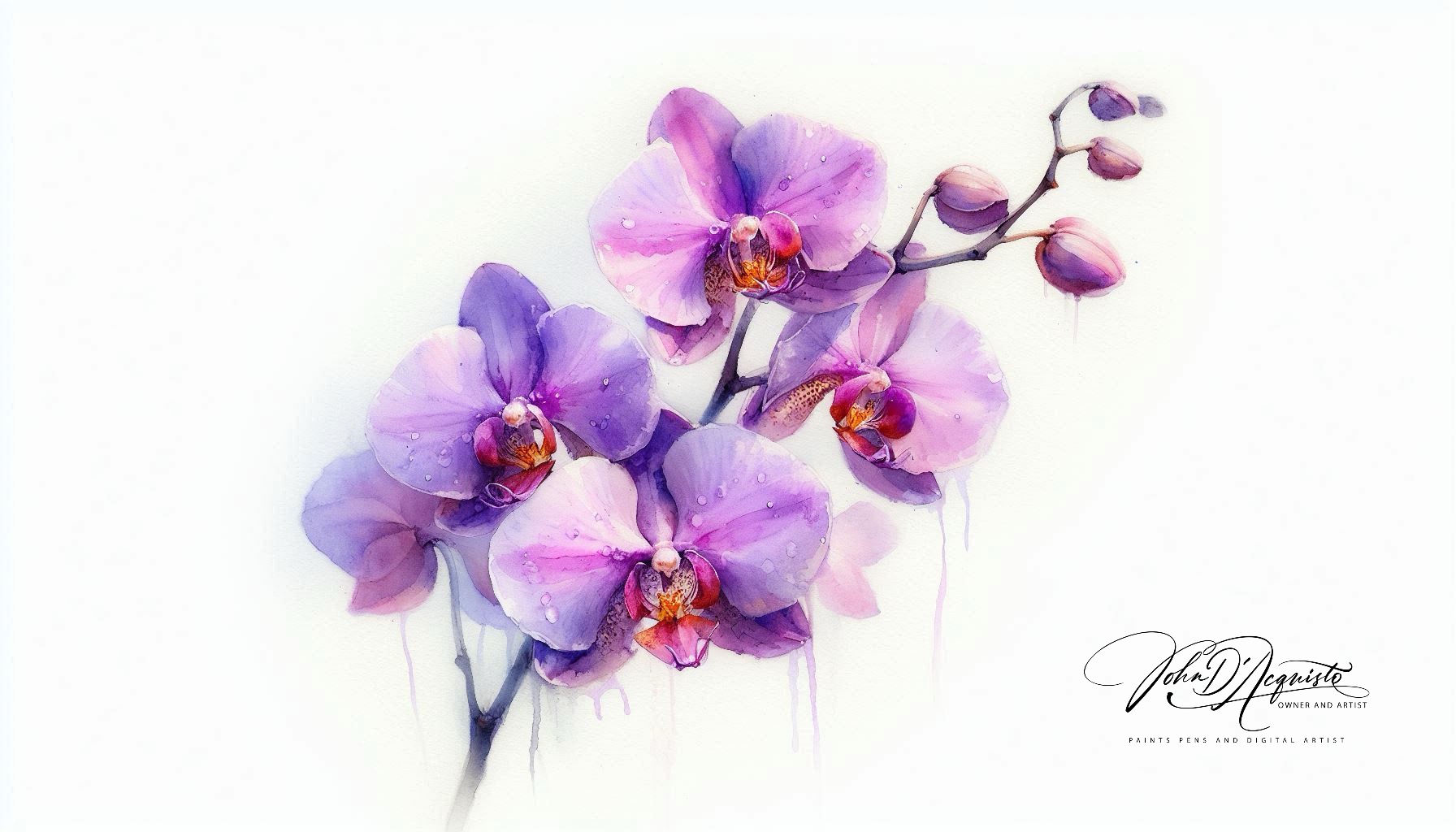
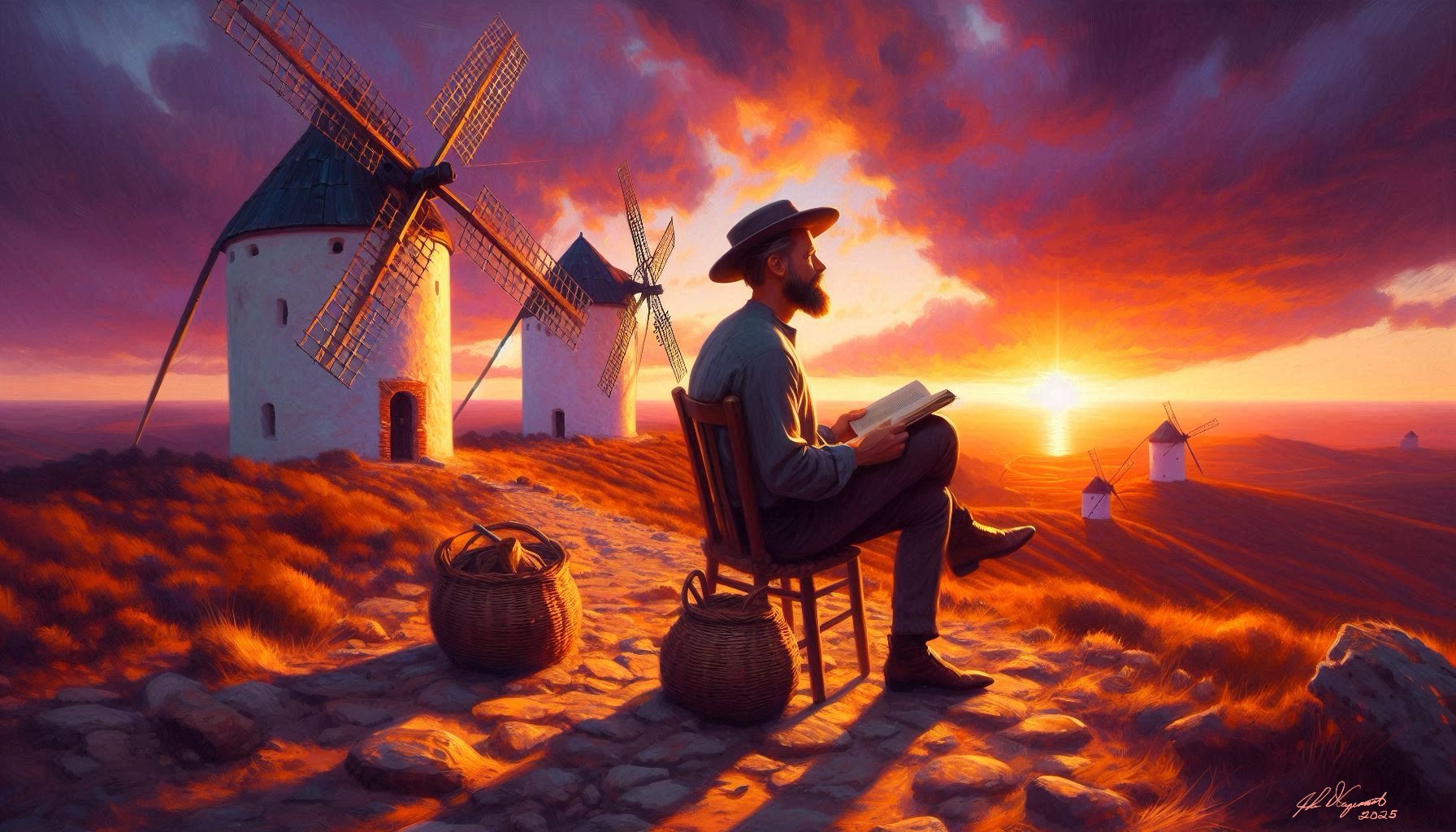


so if you or someone you know deserves recognition please let us know here.

